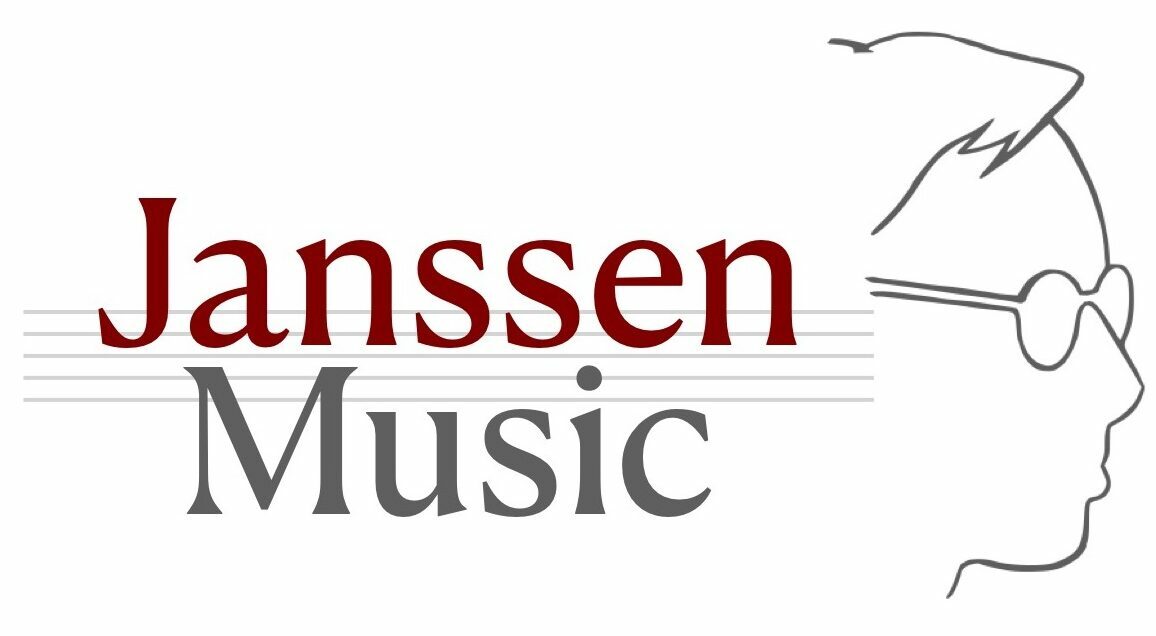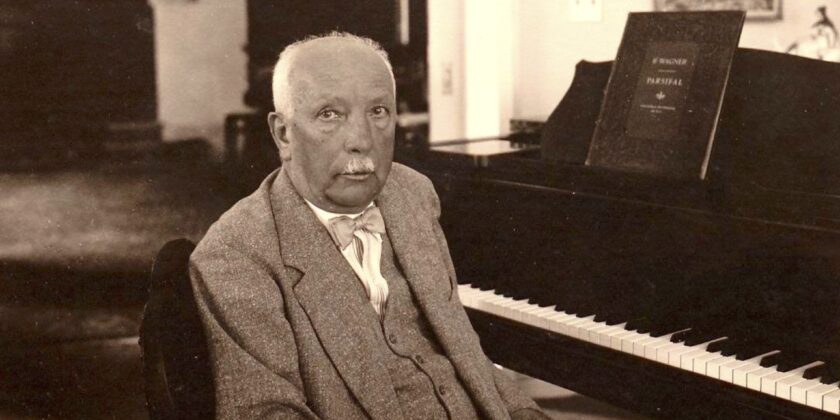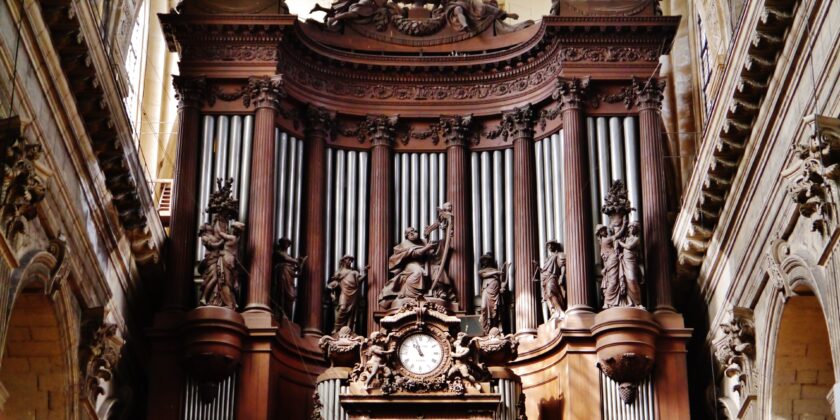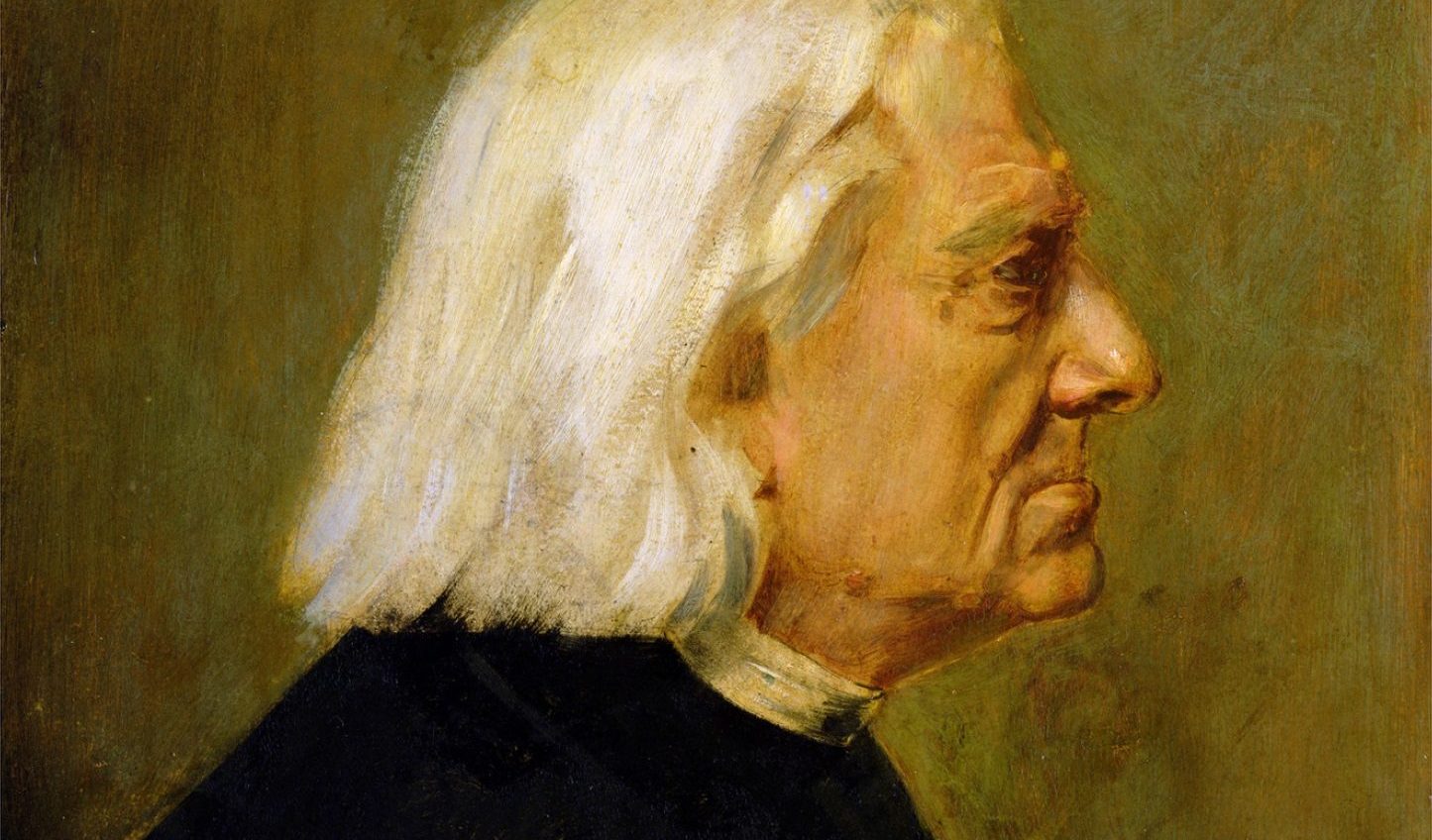Charles Widor
Born in 1844, he soon became involved in organ music from home. He received organ lessons from his father and did so well that he was allowed to replace him when he was eleven years old. In 1863, on the advice of the French organ builder Aristide Cavaillé-Coll, he moved to Brussels to study with Jacques- Nicolas Lemmens.
In 1870 he moved to Paris to become organist for 64 years at Saint-Sulpice, where the organ builder Cavaillé-Coll had placed his largest instrument. With one of the top organs to himself, he thought it was time to write a ‘new’ kind of organ music, the so-called organ symphony.
With his 10 symphonies he pushed both the organist and the organ to extremes. He was also a good pedagogue, passing on his knowledge as teacher of organ and composition at the Conservatoire de Paris.
Symphonie pour Orgue et Orchestre
In 1880, the future king of England, Edward VII, requested that Widor compose a grand work for organ and orchestra to be performed in London’s Royal Albert Hall.
Using movements from his second and sixth symphonies for solo organ as the basis, Widor created a masterpiece that launched a renaissance in the organ/ orchestra combination, a legendary tour de force to the repertory for organ and orchestra.
This transcription was commissioned by Wind Orchestra Auletes Eindhoven (NL).








